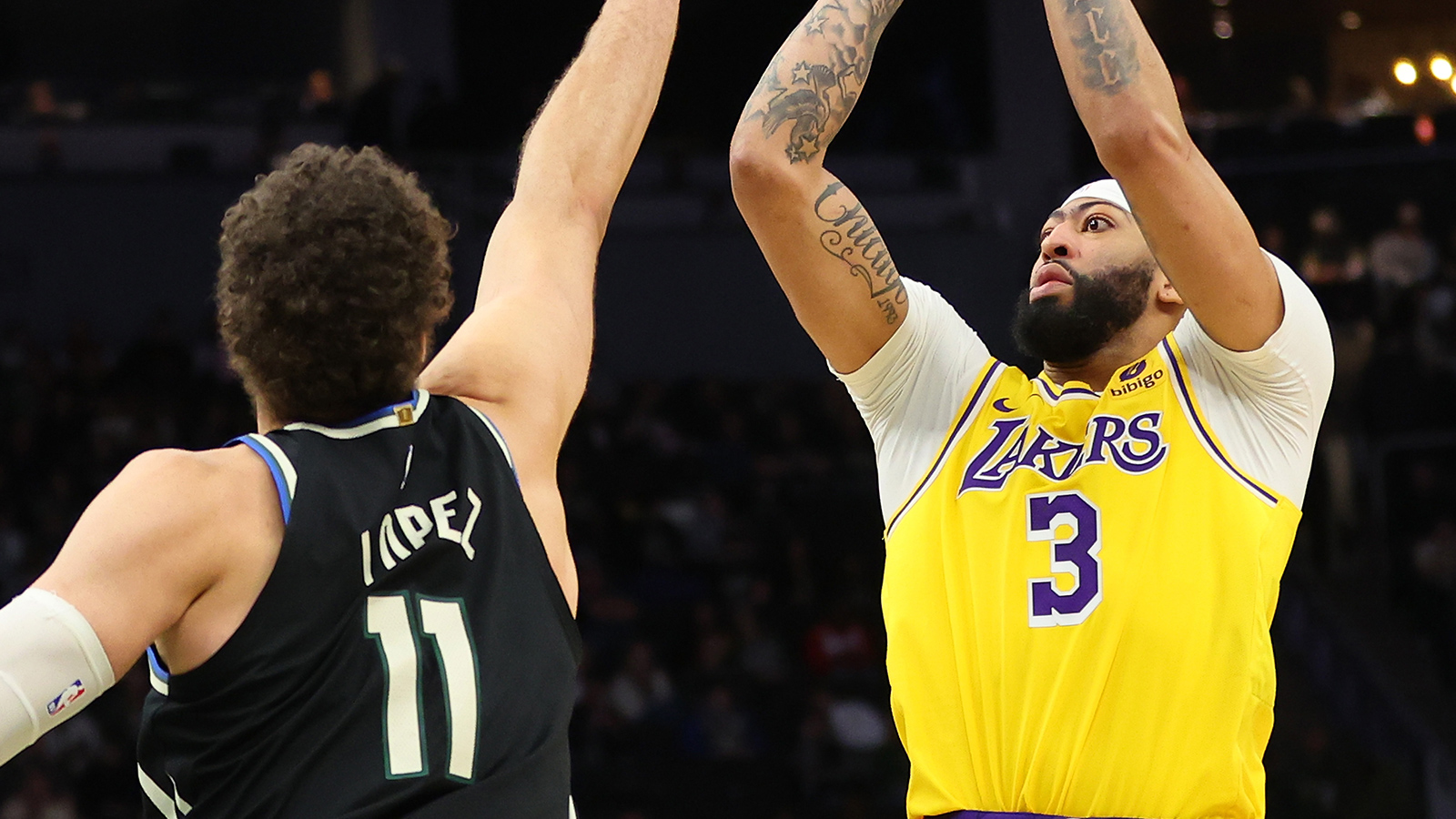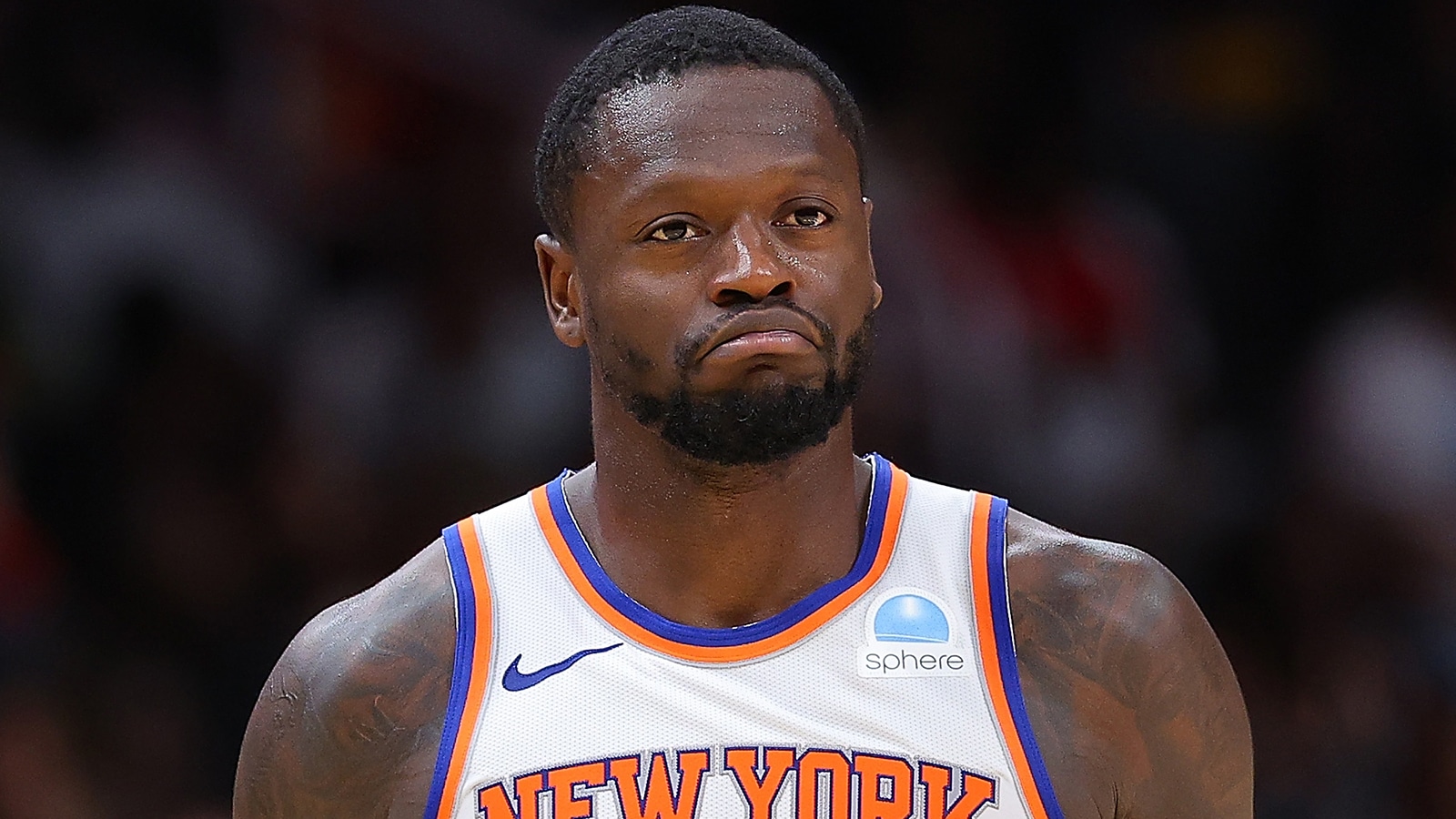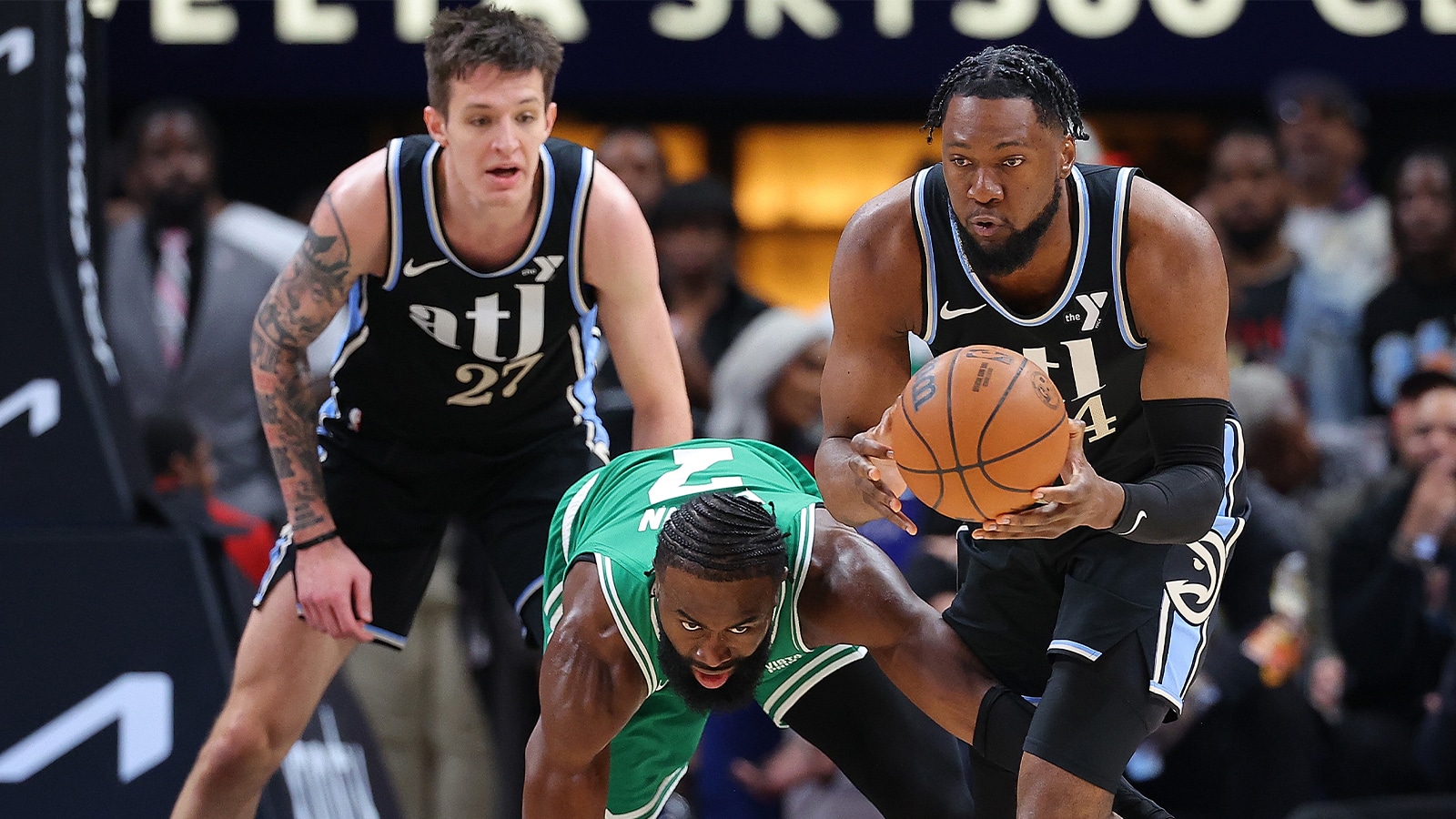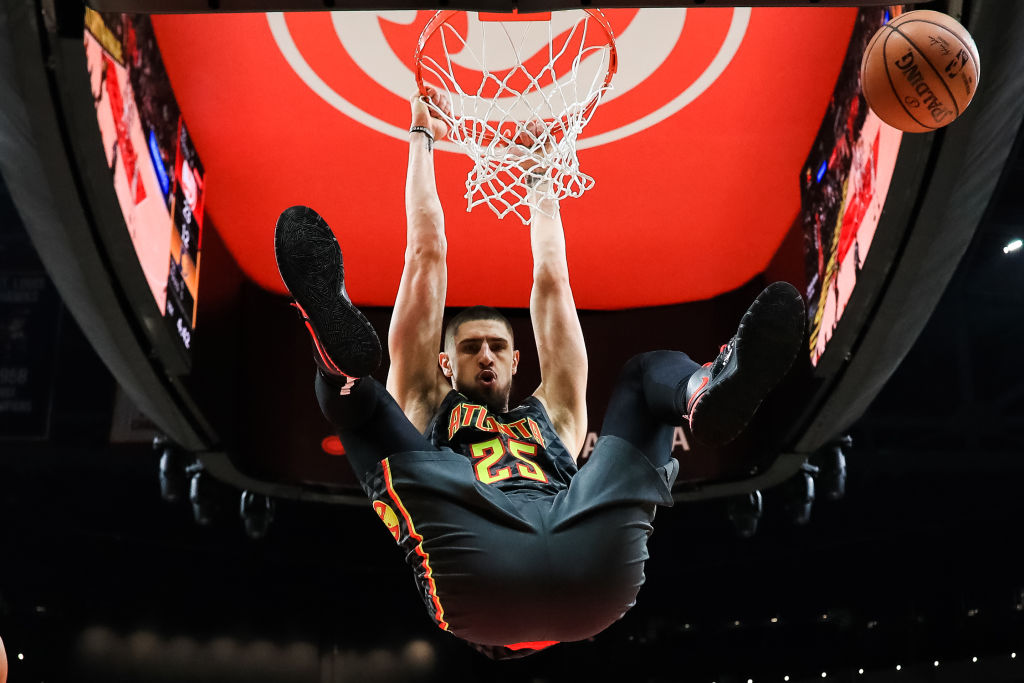
Who Was the First NBA Player to Dunk?
Basketball’s first dunk was totally unplanned. In fact, the accident never would have happened if 7-foot NCAA center Bob “Foothills” Kurland hadn’t been standing under the net.
The now-deceased Aggies star brushed it off as an anomaly that would not have existed had he not been goaltending. Yet he developed a penchant for the slam dunk. Later, this move helped lead to a decade-long ban by the NCAA before eventually becoming a popular NBA slam dunk contest.
Bob Kurland made coaches fume
Kurland’s star status at Oklahoma A & M, now Oklahoma State, didn’t come without controversy. That spontaneous slam dunk was the result of his goaltending during that game with Philly’s Temple U back in 1944.
Goaltending wasn’t against the rules in the ’40s, and there weren’t many players near 7-feet tall. Kurland’s height played to his advantage, so he easily blocked shots from just about every direction.
Opposing coaches saw that he could grab the basketball and slam it through the net. They fumed, as the Orlando Sentinel reports, so much that goaltending became no man’s land. Basketball’s goaltending rule is still in effect today. Kurland, inducted into the Basketball Hall of Fame in 1961, passed away in 2013, according to the Kansas City Star.
A brief history of the dunk
Kurland may be credited with basketball’s first dunk, but the first one made in an organized basketball game belongs to the NBA’s Joe Fortenberry. While training for the 1936 Olympics in Berlin, he dunked the ball into the net like someone “dunking their roll into a cup of coffee.”
Dunking became a natural extension of basketball in the early ’60s when Wilt Chamberlain and Bill Russell made the term a household name. But it wasn’t until later when the move became more like a work of art than a product of tall players standing under the net.
Why the slam dunk is so exciting
Kurland’s nonchalance about that 1944 slam dunk, “I got it up and stuffed it in. That was the start of it, I guess,” belies the excitement of dunking in today’s basketball games.
When both Julius “Dr. J” Erving and Darryl Dawkins broke backboards slamming the ball into the net in the mid-’70s, the fan excitement was overwhelming. Fans called Dawkins’ slams “The Tomahawk.” Dr. J and Dawkins were part of the reason why the NBA replaced old backboards and rims with the kind that bend and go back into position.
Traditionally one of the most exciting ways to watch players dunk involves contests — nothing short of unbelievable spectacular feats of finesse. Styles and technology have evolved over the years to make it an exciting aspect of basketball.
How has the slam dunk evolved over the years?
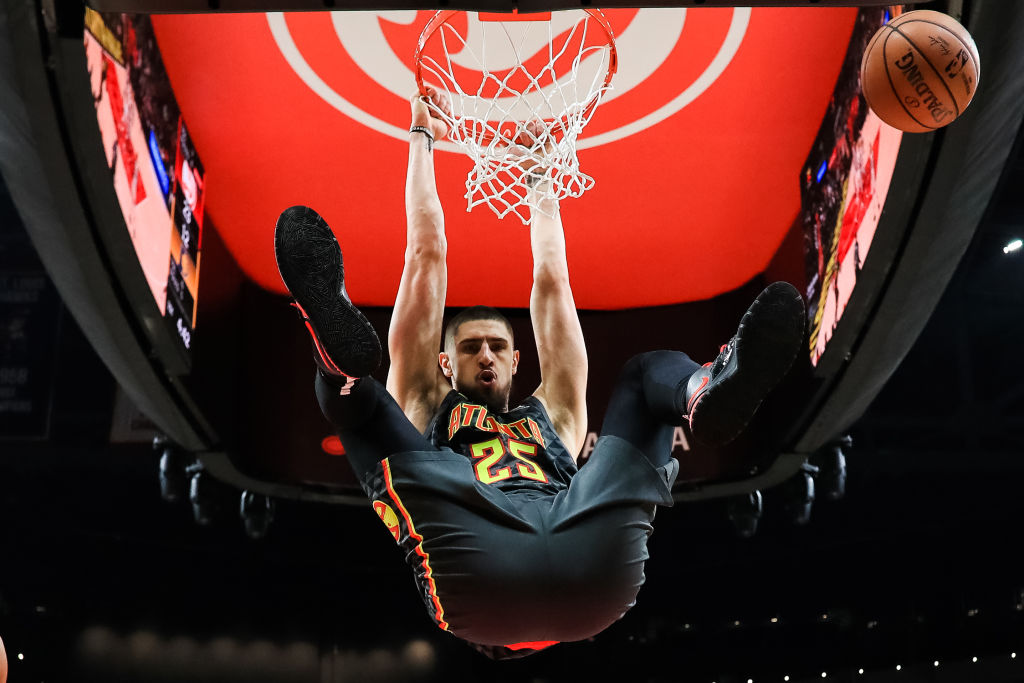
Gone are the old days where Fortenberry and Kurland dunked due to height advantages and goaltending. There was one decade when the NCAA banned the move, from 1967 to 1976. The league cited 1,500 incidents of players getting injured during the games.
But that all changed when the ABA hosted the first slam dunk contest during halftime in 1976, according to Fansided. Even tinier players like 5-foot-7 Spud Webb could pound one through the net. Probably the most exciting and evolved slam dunks came from Michael Jordan.
Today’s most prominent slam dunks aren’t by chance but by design. Technology and physics help players understand how best to upgrade their abilities by factoring in height, weight, and strength. It’s a strange new world, but slam dunks will always have that wow factor.
